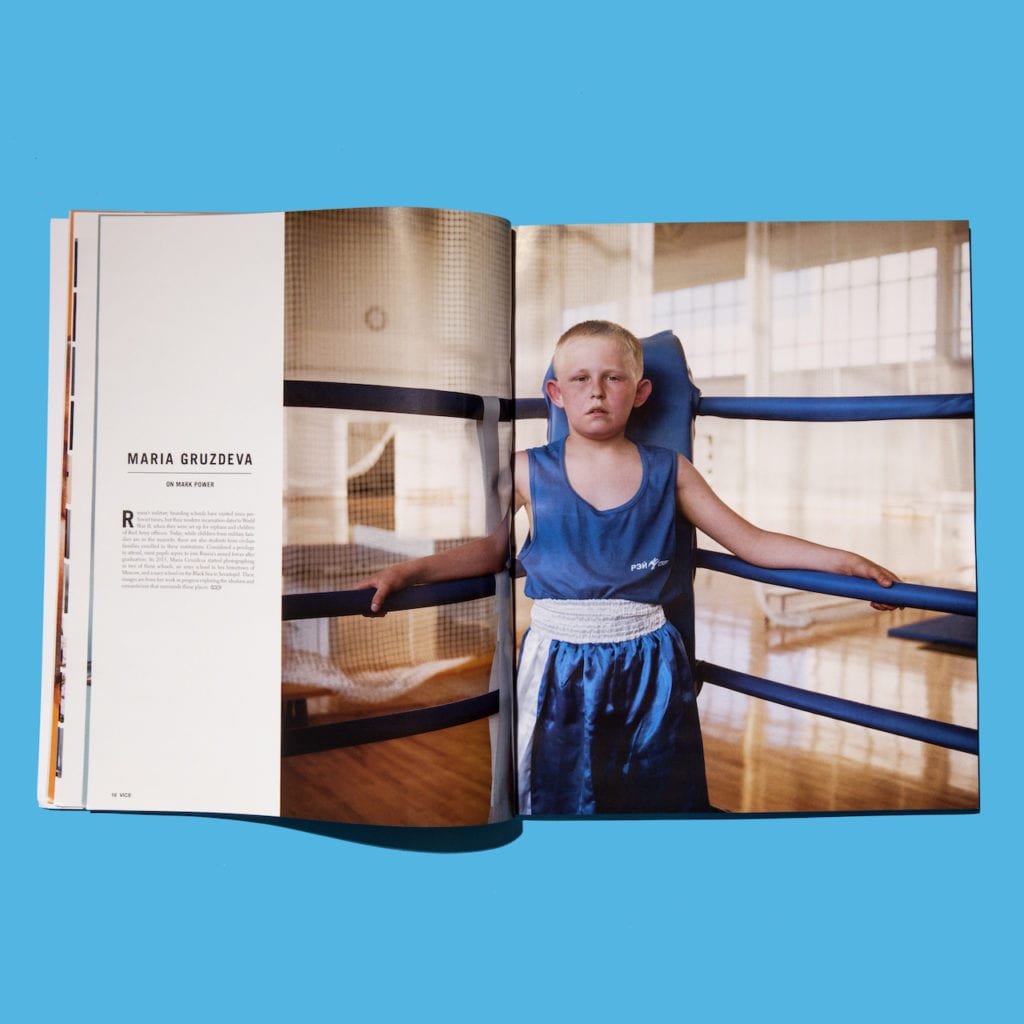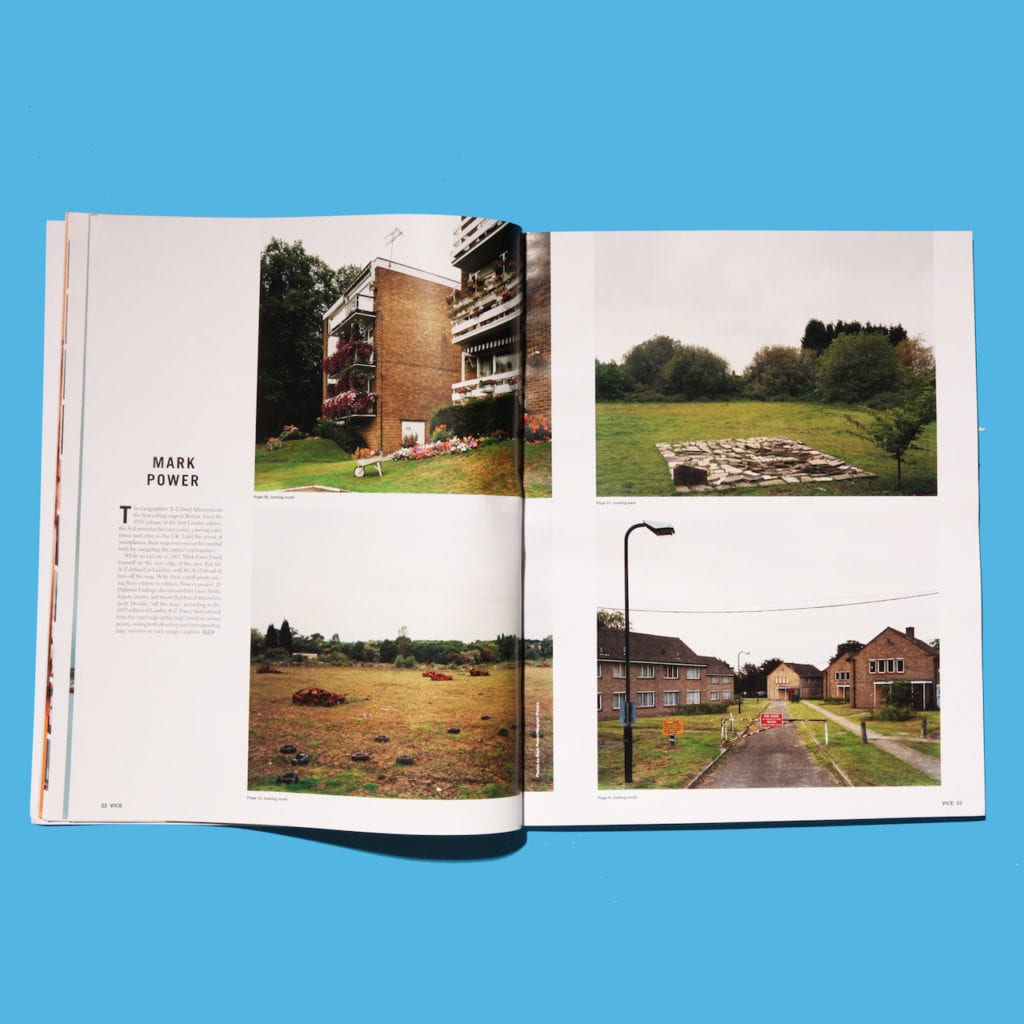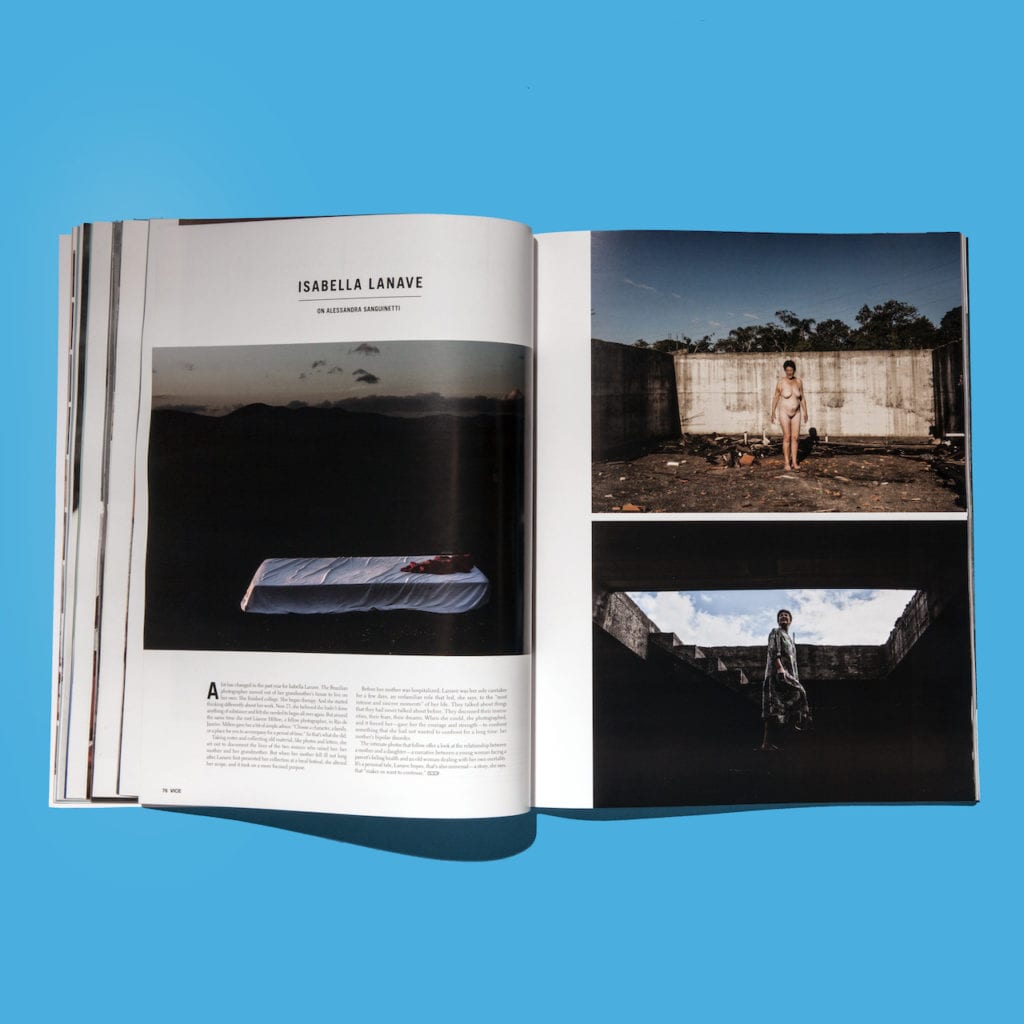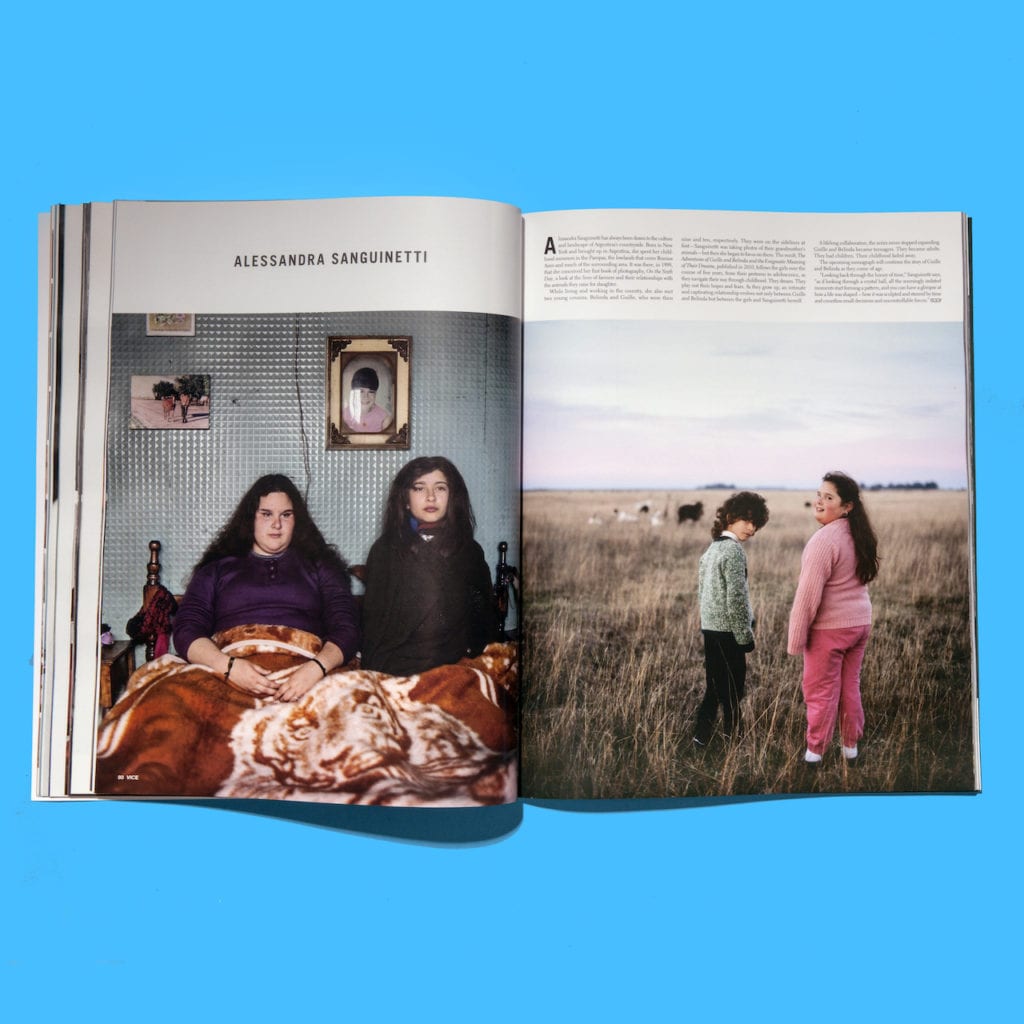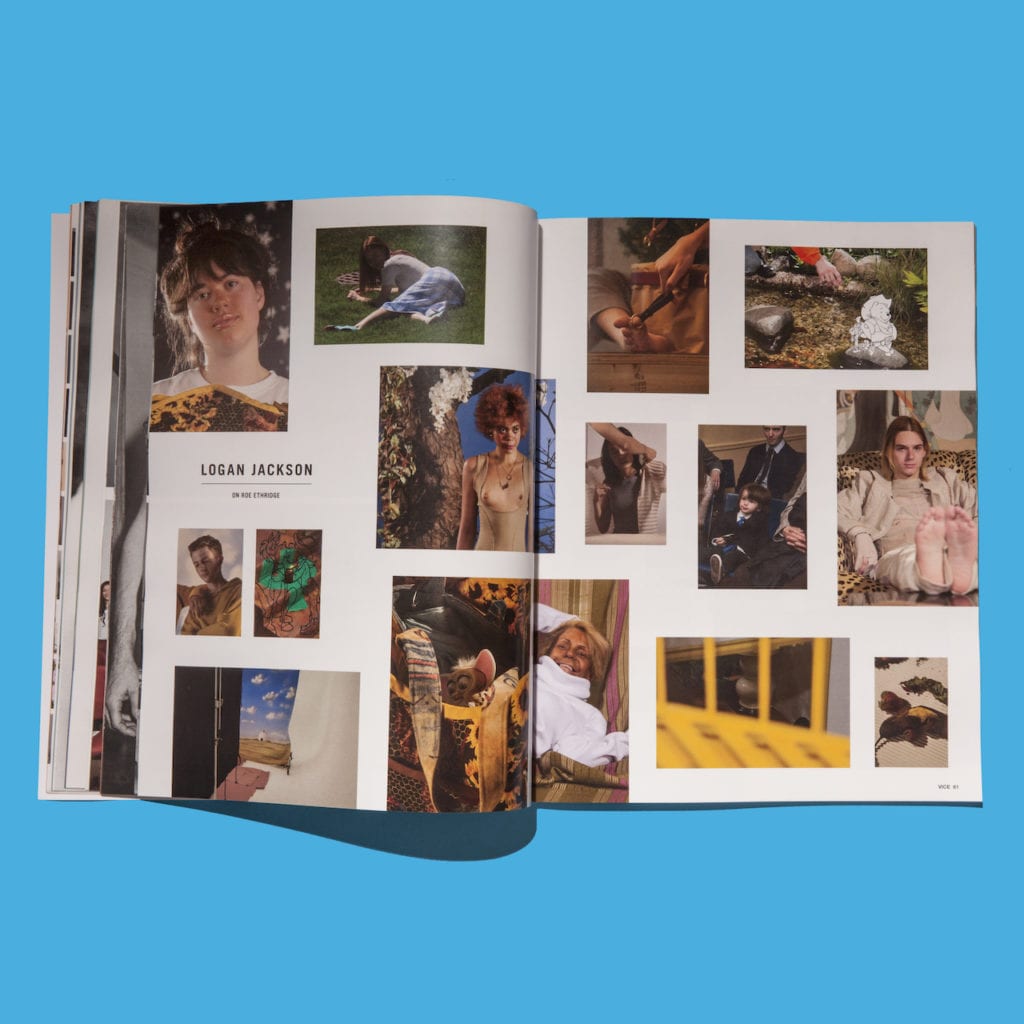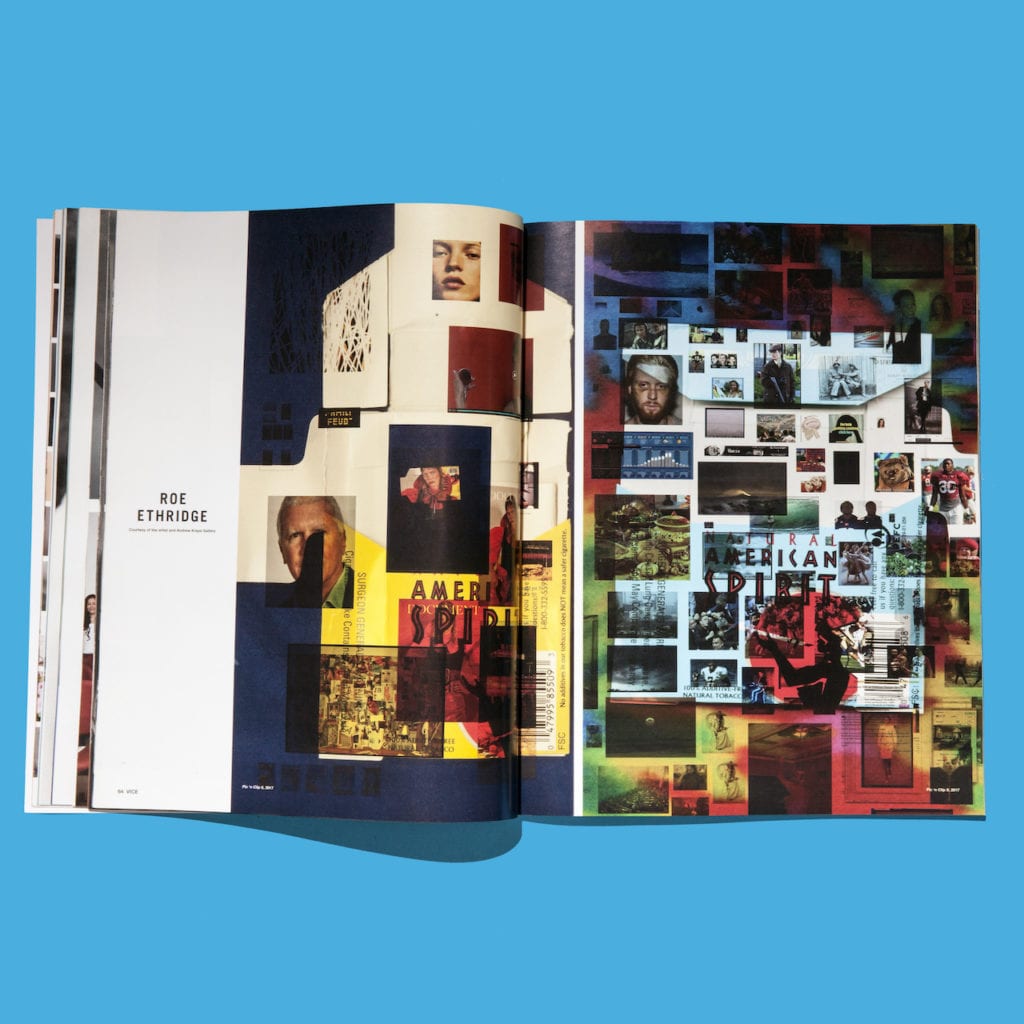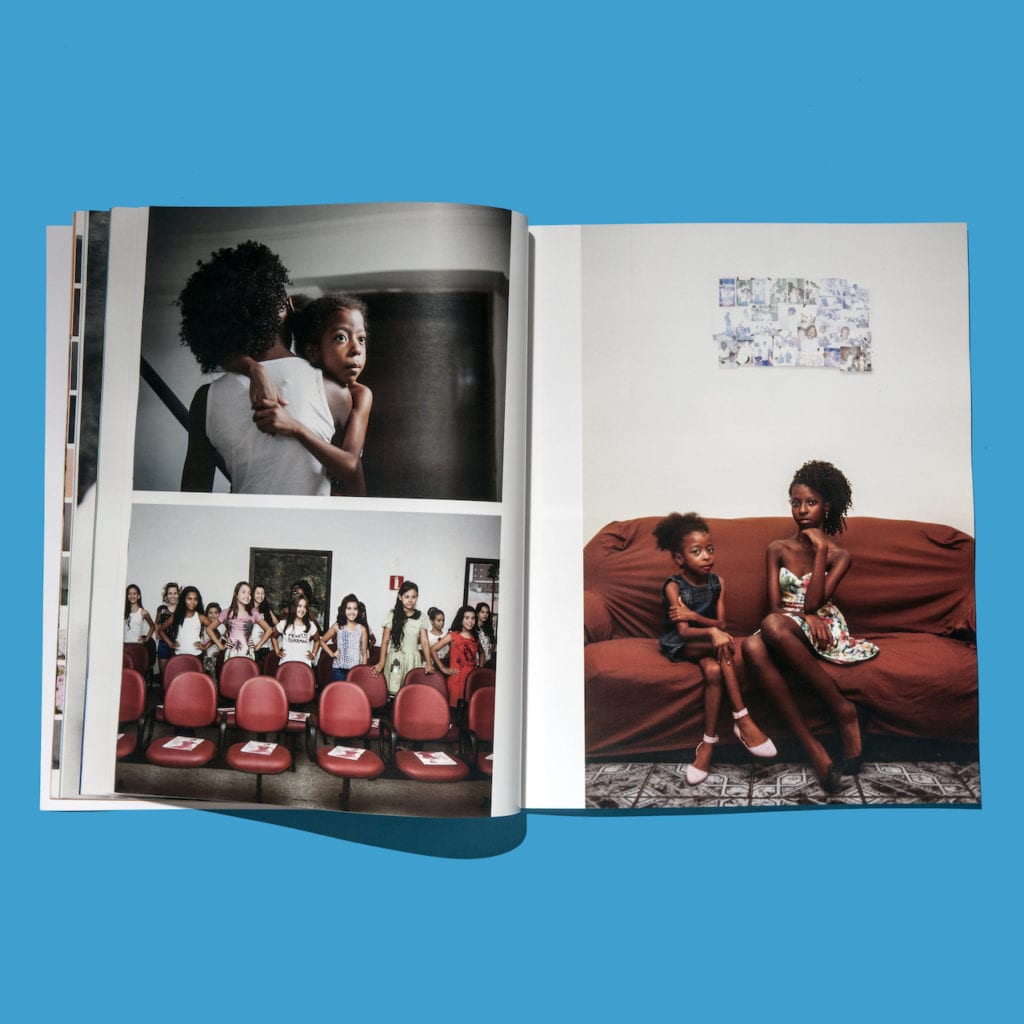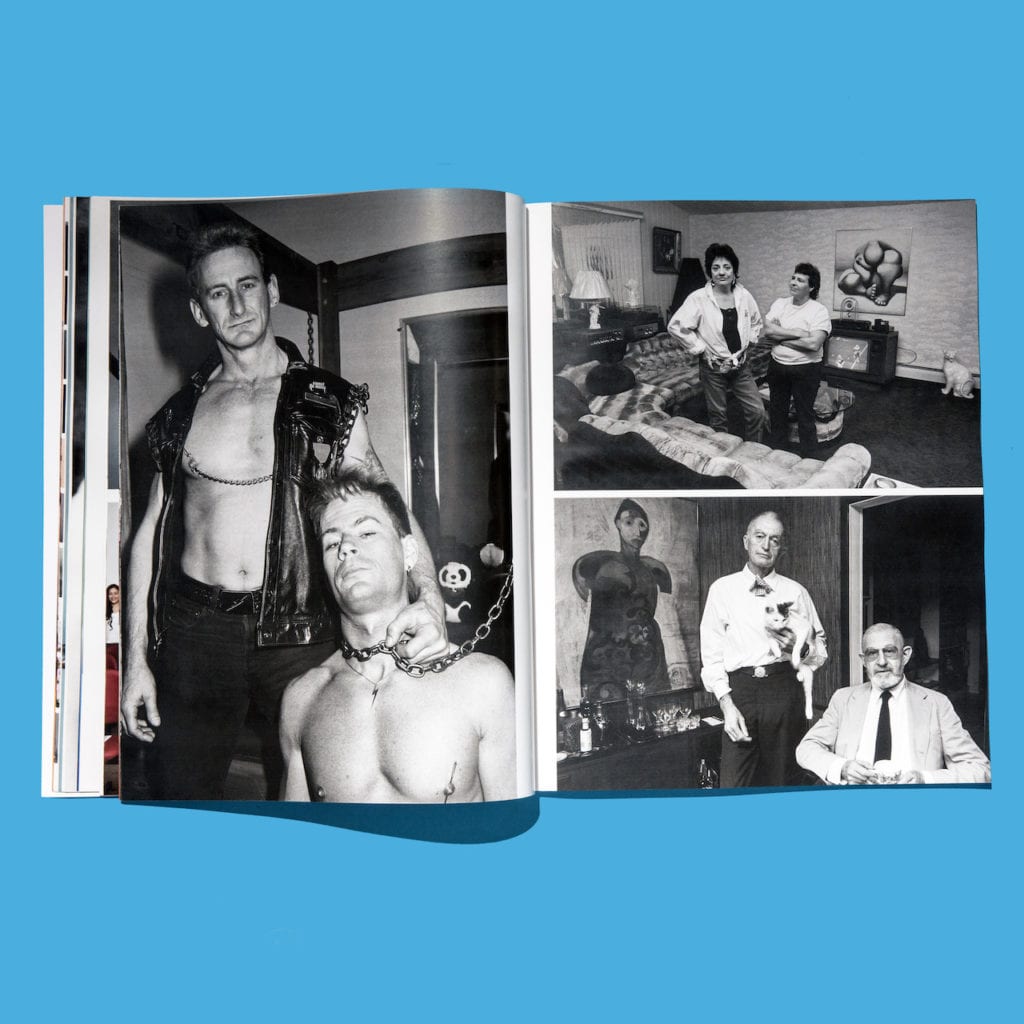“George Pitts was very monumental in guiding my patience and understanding of photography,” explains Elizabeth Renstrom, introducing 2017’s Vice photo issue.
Speaking to me from New York, the Vice photo editor expands on Pitt’s immeasurable influence on her early career. “I was also a huge fan of his raw portraiture. I’ve never met as true an artist and as talented an editor with such a constant desire to absorb more music, film, photo,” she says.
A mentor and friend from her early days at university, Pitts taught Renstrom the importance of processing and understanding inspirations within the photographic industry. Renown within the photography sphere, Pitts could turn his hand from photography to photo direction, educator and writer and was the founding director of photography for Vibe magazine. When he passed away earlier this year after an illness, Renstrom decided to dedicate this year’s Vice photo issue to his memory.
Idols, the theme for this year’s edition, showcases photographers in pairs: up-and-coming names have nominated more established photographers whose work inspires or influences them, and series from both published next to each other, creating a narrative between the generations of photographers and drawing out comparisons between their styles. Several photographers provide small snippets of how their nominated pair has influenced them: Isabella Lanave looks at family relationships in a similar way to Alexandra Sanguinetti; Nishant Shukla has been influenced by the documentary style photography of Jim Goldberg; Tommy Kha matches colours and locations with William Eggleston.
“When I set out I chose younger photographers whose work reminded me of other more established names,” elaborates Renstrom. “I thought it would be interesting to see how different generations, stylistically, narratively, were obviously linked. For some of these portfolios, the connections are quite on the nose, but I actually think the more subtle examples are what made this issue so fun to produce.”
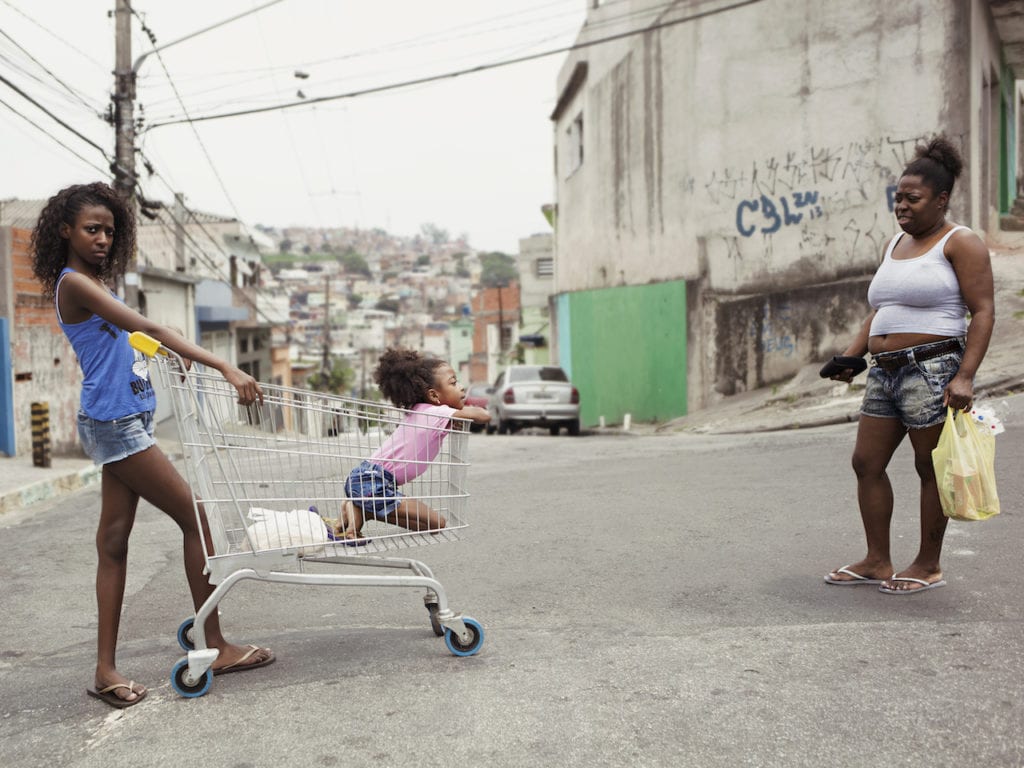
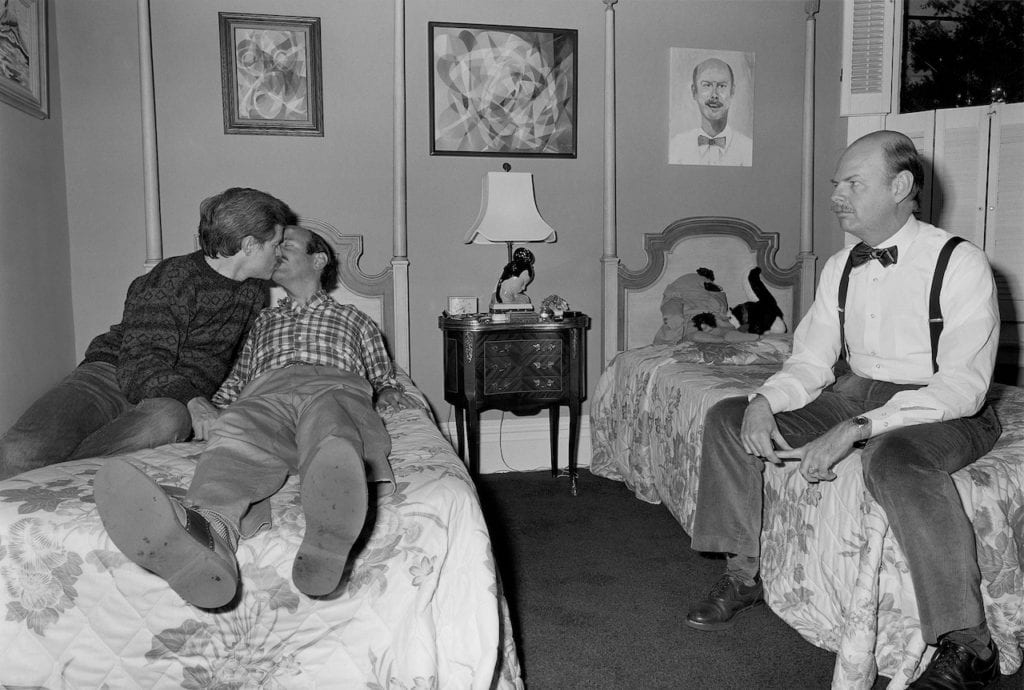
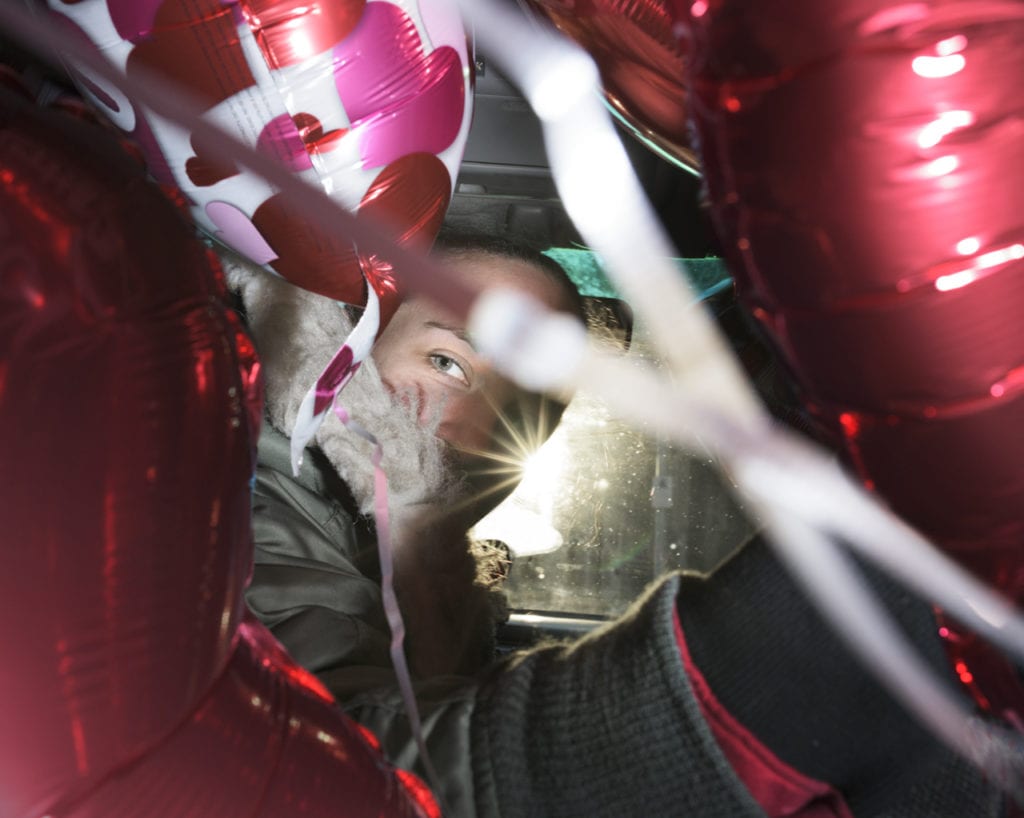
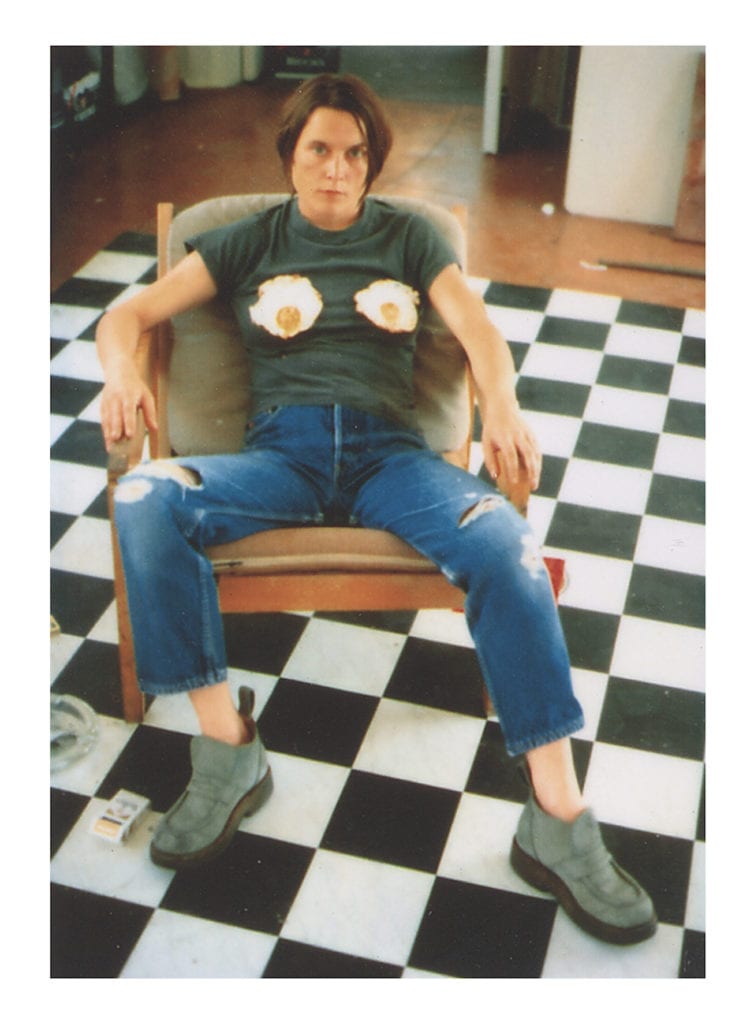
Back in the London office, Vice UK editor Bruno Bayley was amongst those with initial apprehensions. “I was definitely on the more worried end of the scale when it came to the complexity of the issue,” he admits.
“Some previous photo issues have had themes – ‘still life’ or ‘collaborations’ for example – but we have not before paired up artists like this. I was worried that people would be reticent about showing their work in the context of someone else’s.”
Fortunately, his concerns were alleviated as the issue shaped up, and he became fascinated with the connections between these various photographers. “It wasn’t something I had really thought about before. And in some cases the influence, be it stylistic or in terms of subject matter, was very clear, while in others you really had to look hard to see it.”
One of the more unusual problems faced by the Vice team was deciding who to feature in different regions. Whilst Renstrom provided the overall scope over in the US, Bayley was faced with the difficult decision of which material to pull over to the UK edition, which to cut and which to add. Ultimately, Bayley decided that it would be in keeping with the theme to include work from photographers who hadn’t been featured in Vice UK before.
“The UK had a lower page count than the US,” he explains. “That, in conjunction with my wanting to include two UK-only pairings – Gus Palmer/Jocelyn Bain Hogg and Daniel Castro Garcia/Tim Hetherington – meant I had to lose a number of portfolios from the US edition.”
Despite the challenges, the photo issue is a well-established event in Vice‘s publishing schedule. Now in its sixteenth year, Vice’s photo issue has developed a reputation for highlighting some of the most innovative photographic work of the past year, and breaking new talent. And that recognition is something that Restroom is very familiar with.
“I was published in the Vice 2012 photo issue and it was such a huge deal for me. Not only because it was my first time in print, but also because of the artists I had the honour of being beside had really become visual heroes to me, like Roger Ballen. I always wanted to keep that feeling in the back of my head,” she says.
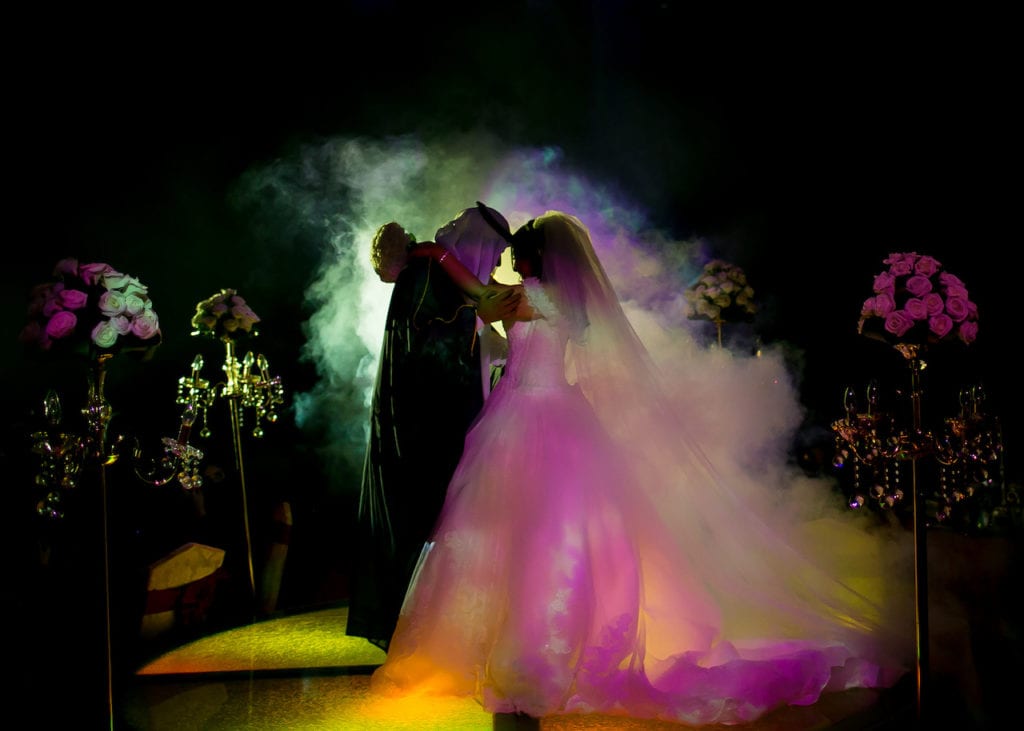
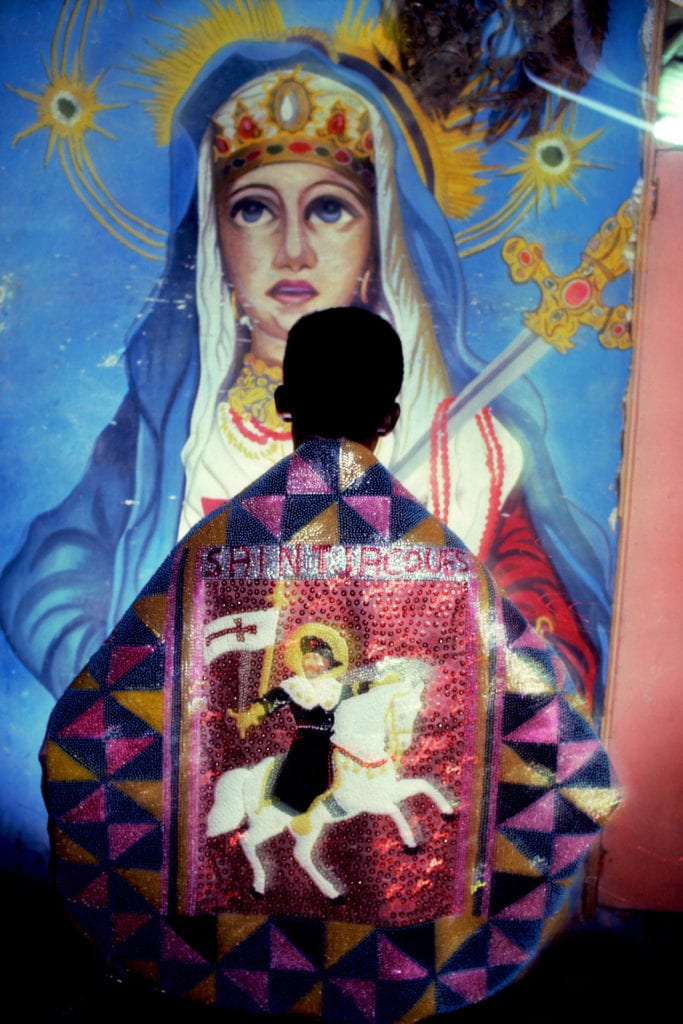
One of the more interesting outcomes of this interwoven conversation is the reflection on social and cultural problems. Bayley points to Daniel Castro Garcia’s work on the migrant crisis; Renstrom cites the likes of Jonathan Gardenhire who challenges black representation or Tasneem Asulta who explores women in Saudi Arabia. Young photographers are adopting the techniques, or being inspired by the approach of older generations, and using them to expose contemporary global issues – and seem more politicised than ever.
“I definitely think there’s a greater amount of photographers using their practice to give voice and contextualise the oppression they face,” emphasises Renstrom. “It’s no secret that we live in a very politically decisive era, and I think a lot of young artists recognise that they can make change and go beyond aesthetics in their work.
“Just because the medium has been democratised does not mean that it has stopped its ability to motivate, inspire, and challenge people,” she adds. “I think the power, if anything, is how the image has grown to be such a part of all our lives and become such a tool in leading people towards new information.”
